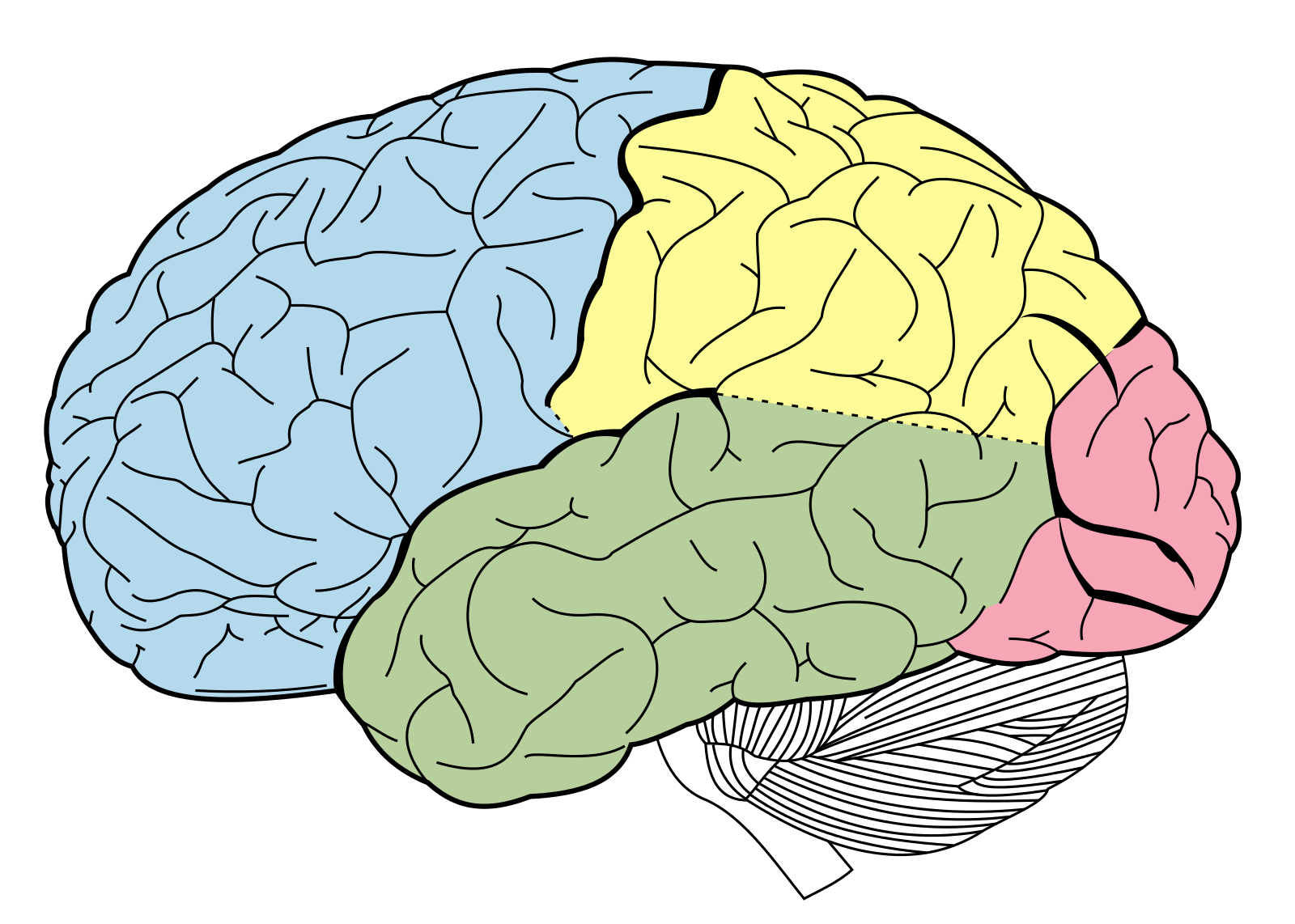
Pax Ahimsa Gethen: Wikimedia
Nowadays, it seems to be popular to label Donald Trumps a “fascist”.
Several writers from major news outlets have made this comparison, and with good reason: he wants to deport every Mexican illegally in the United States and draws from the violently racist rhetoric of Hitler and the blame that he placed upon the Jews for the plight of the Germans.
There is no doubt that like other dictators, he poses a threat to a healthy democracy by undermining the rule of law and skirting past limits on government power and authority.
But I must object to the idea that Trump can be equated to the likes of Nazis, or other totalitarian regimes such as Maoist China or Soviet Russia. Applying the term “fascist” to him is counterproductive because it overstates his threat to democracy in some ways and grossly overlooks other distinct ways in which he does endanger the integrity of our political system. Instead, it is more appropriate to label Trump as a right-wing populist — an ideology that shares several traits with genuine fascism, but is crucially different in certain areas and should be approached differently.
Trump does not actively attack the ideal of democracy, unlike true dictators such as Stalin, Hitler or Mao, who violently transform their nations into autocracies by complete reworks of the legal system. This usually entails a suspension or drastic revision of the constitution to nullify civil rights, as well as the suspension of elections and the official decree of a single person as absolute ruler. Instead, his populist ideology seeks to adopt a version of democracy that is illiberal, a state which nominally has civil liberties, fair elections and the rule of law, but fails to execute these ideals in practice.
Selective application of the rule of law and elections is key to illiberal states, such as Russia, by allowing its leaders to cement their power and influence. Courts are generally fair when it comes to small claims and torts, but the same objectivity can’t be expected when a case involves an oligarch or politically connected individuals. Likewise, elections do exist on paper, but the integrity of it at the highest levels is undermined by voter intimidation and fraud.
The same “playing field” analogy can be carried over to how an illiberal democracy, such as Russia or Trump’s America, would handle civil liberties. These regimes promise standard rights such as freedom of speech or expression, the right to bear arms, due process and other negative rights that preclude action against individual choices or traits that are of personal matters. They are generally granted to the masses on a superficial level, but they are often subverted as well when it suits the interests of whoever is in power.
Russia is a notorious example of this: the phenomenon where dozens of journalists who are critical of Putin and the ruling United Russia Party disappear or are killed in “random” muggings and robberies is well documented, and there is substantial evidence to suggest that the Kremlin is orchestrating these events.
Totalitarian dictatorships, by their nature, force political activism, often in the form of violent resistance. The often intolerable living conditions brought on by repressive leaders, such as Hitler and Mao, seeking to further their ego or twisted ideology leave little room for political apathy. Illiberal democracies circumvent this by granting their citizens civil liberties on a superficial level. Allowing people the freedom to conduct everyday tasks without bother while providing a functioning government at the very low level is enough of an incentive to pacify the average citizen.
Meanwhile, the threat of arbitrary imprisonment or worse serves as a disincentive to push for more rights. It is difficult for a member of mainstream society to make the connection between corruption, cronyism and their everyday struggles. Even for those who do see the link between corruption and their everyday affairs, they would question if bucking against the system is worth losing what they already have — a life where they are free to do their everyday affairs as long as they pay their taxes.
So what should progressives, civil libertarians and constitutionalists do to stop Trump’s vision of a crony capitalist state? We need to preserve and strengthen the democratic system that creates meaningful political engagement and places checks on consolidated power. It is key that civil bureaucracies at all levels — local, state and federal — are free from political interference and corruption to work as efficiently as possible.
Meanwhile, the integrity of our judiciary and legislature needs to be maintained by taking measures that encourage transparency and independence from the executive branch. Lastly, the establishment of both parties need to radically rethink on how they approach issues. The public has lost its patience with a gridlocked government that has accomplished little, and their anger is fertile ground for autocrats like Putin, Trump or Duterte.









